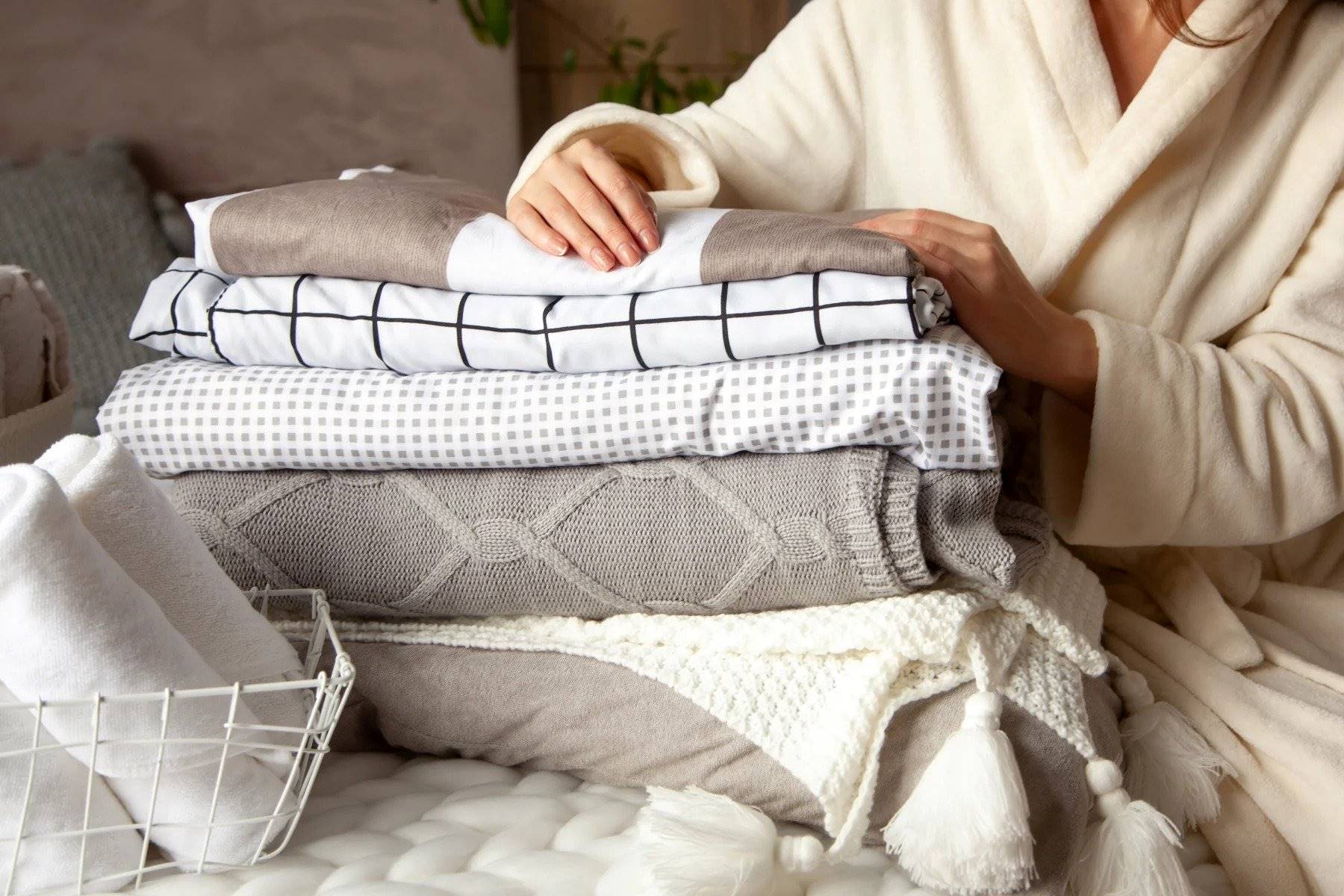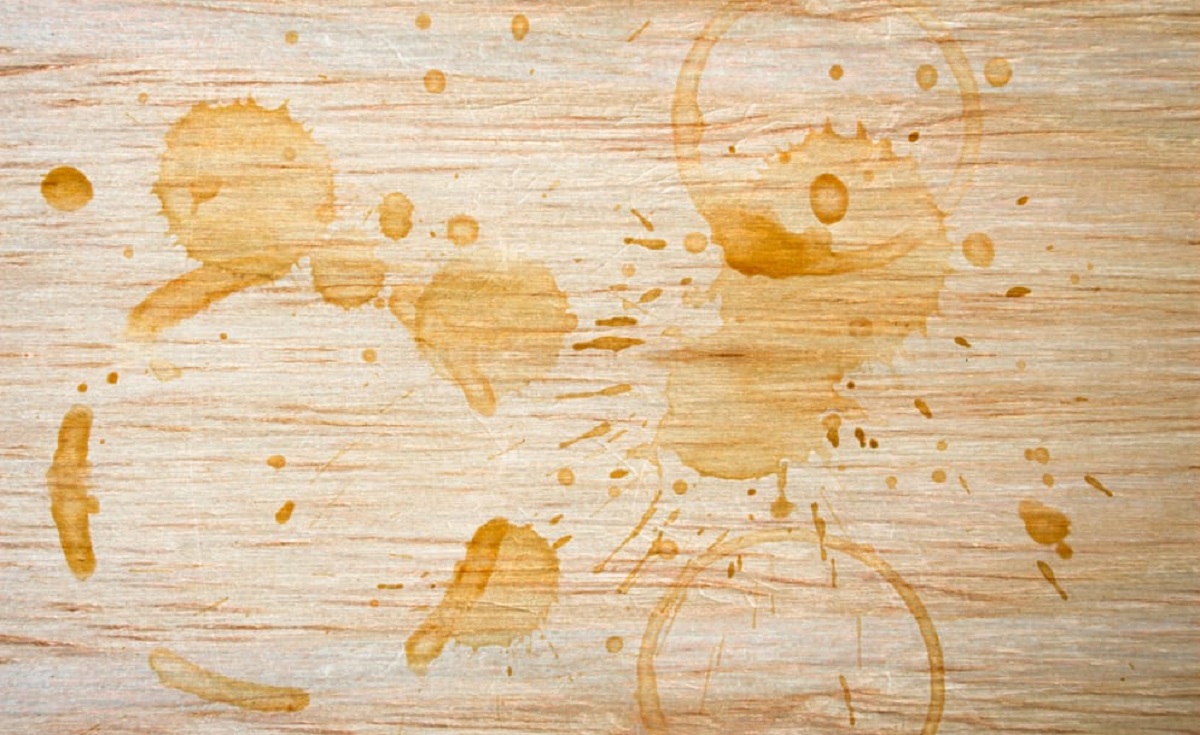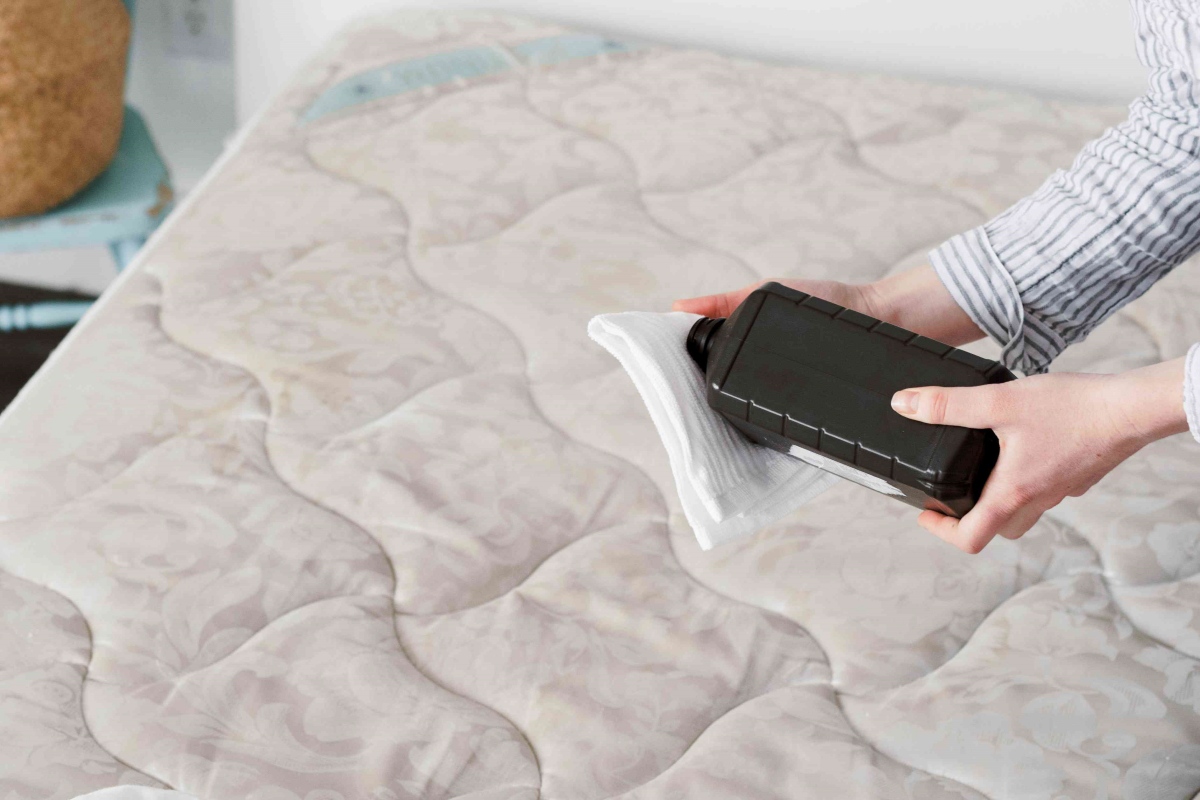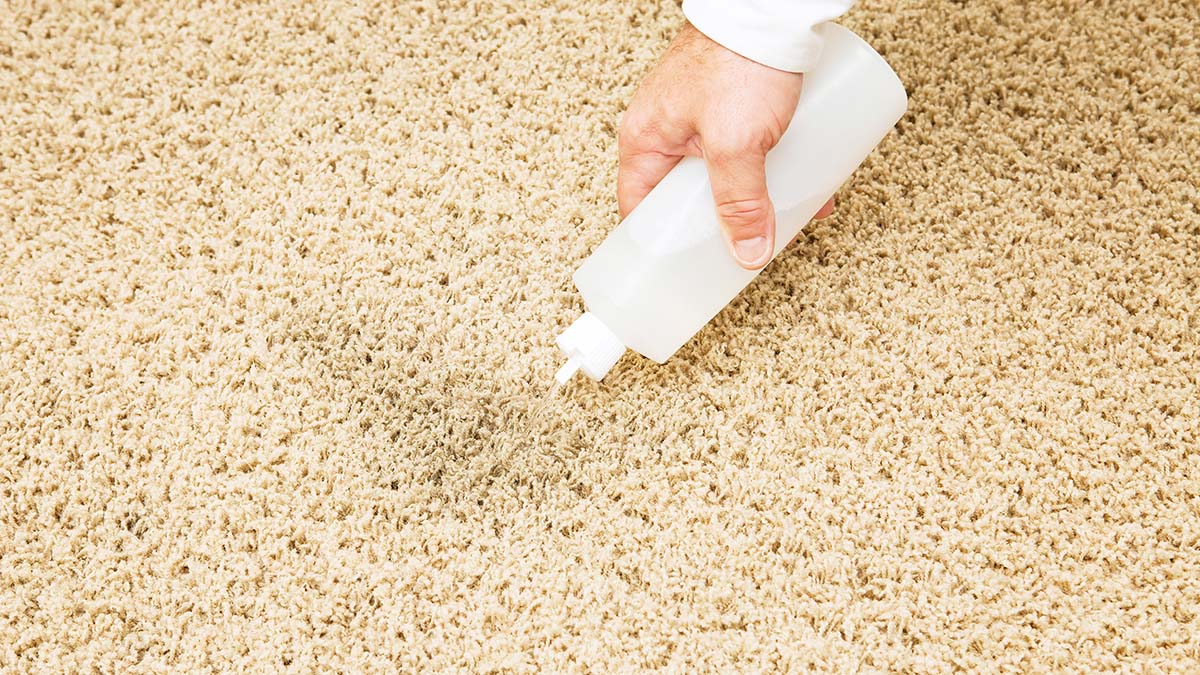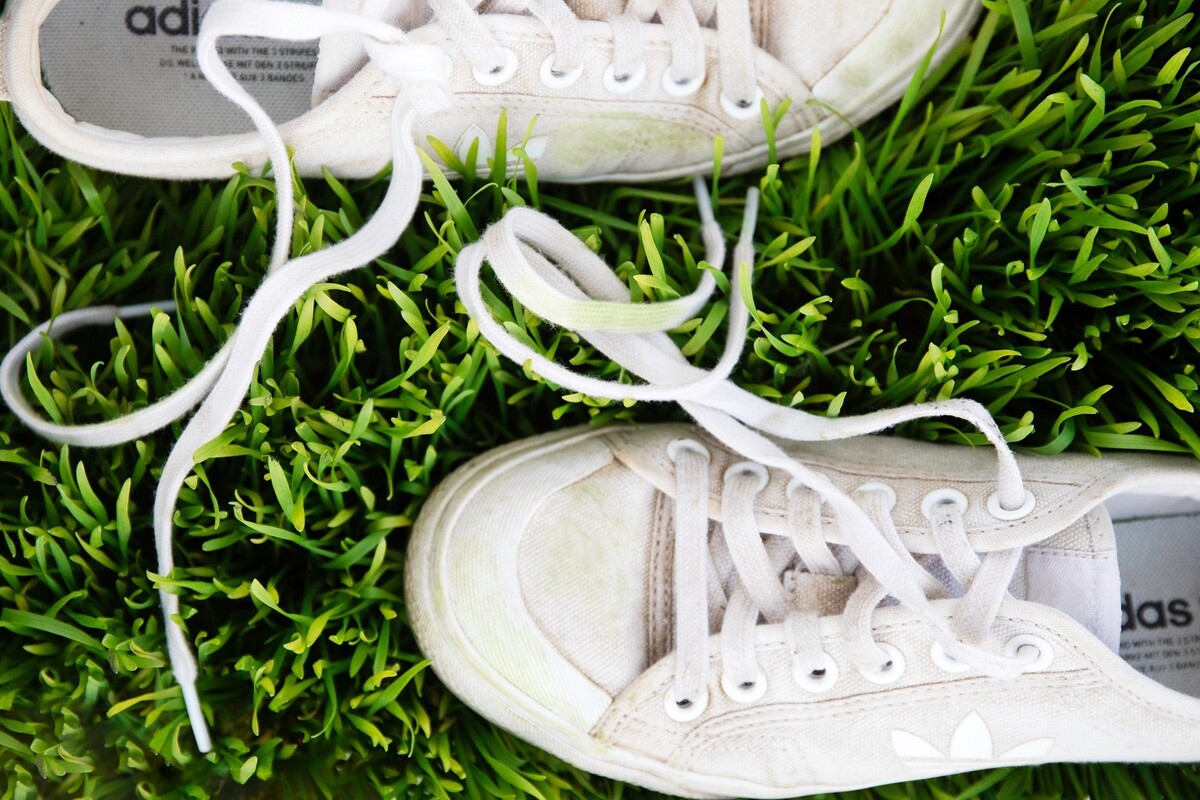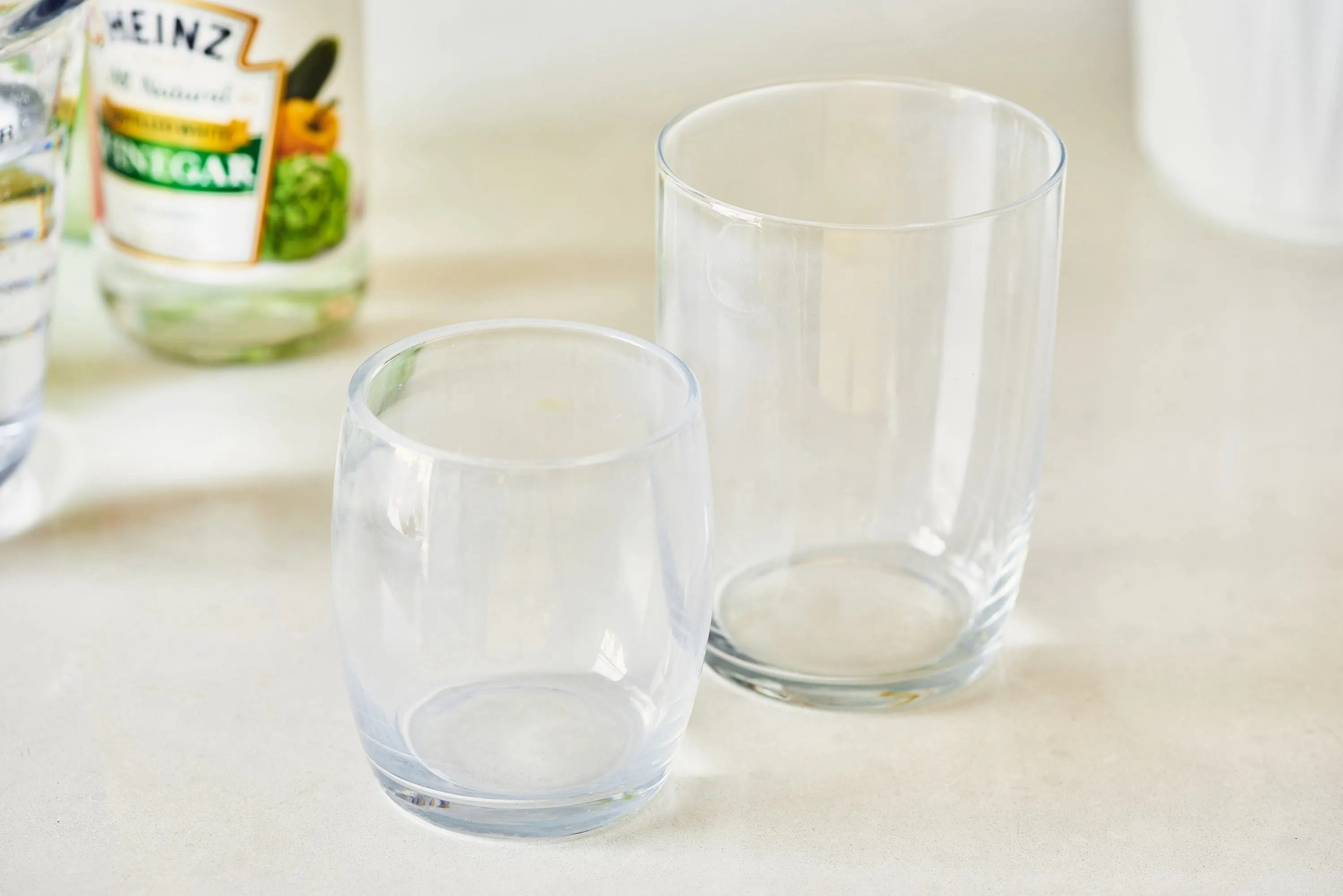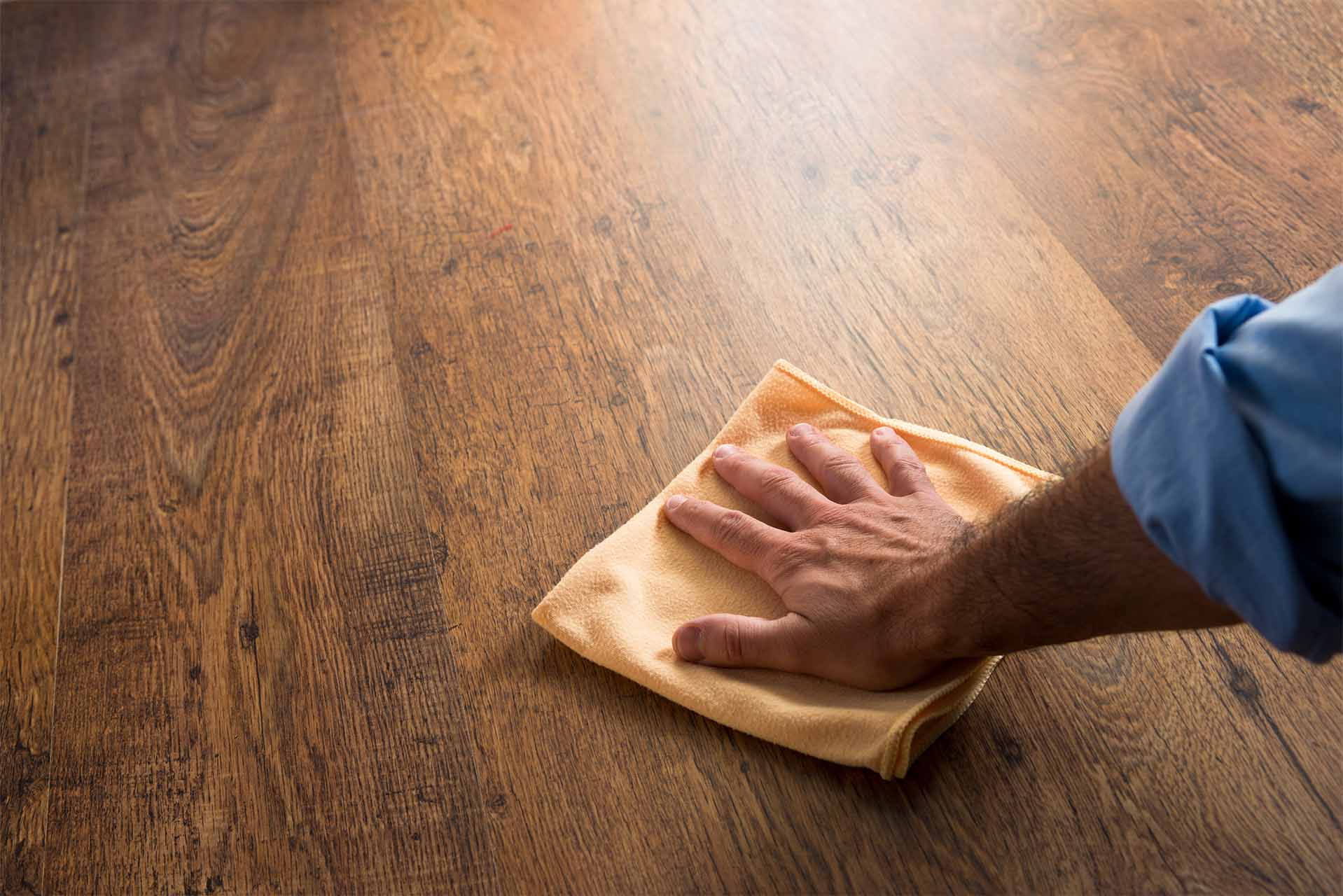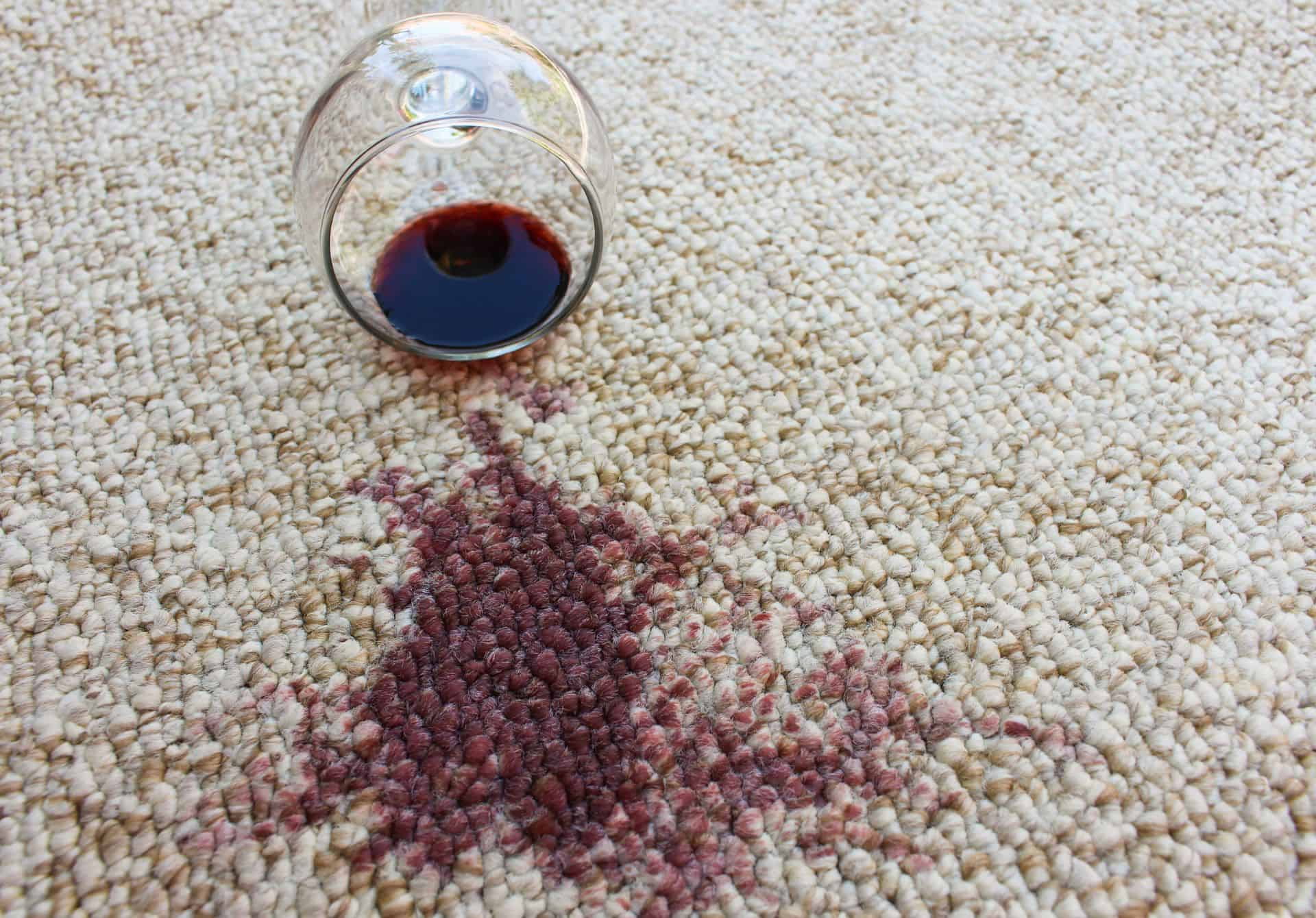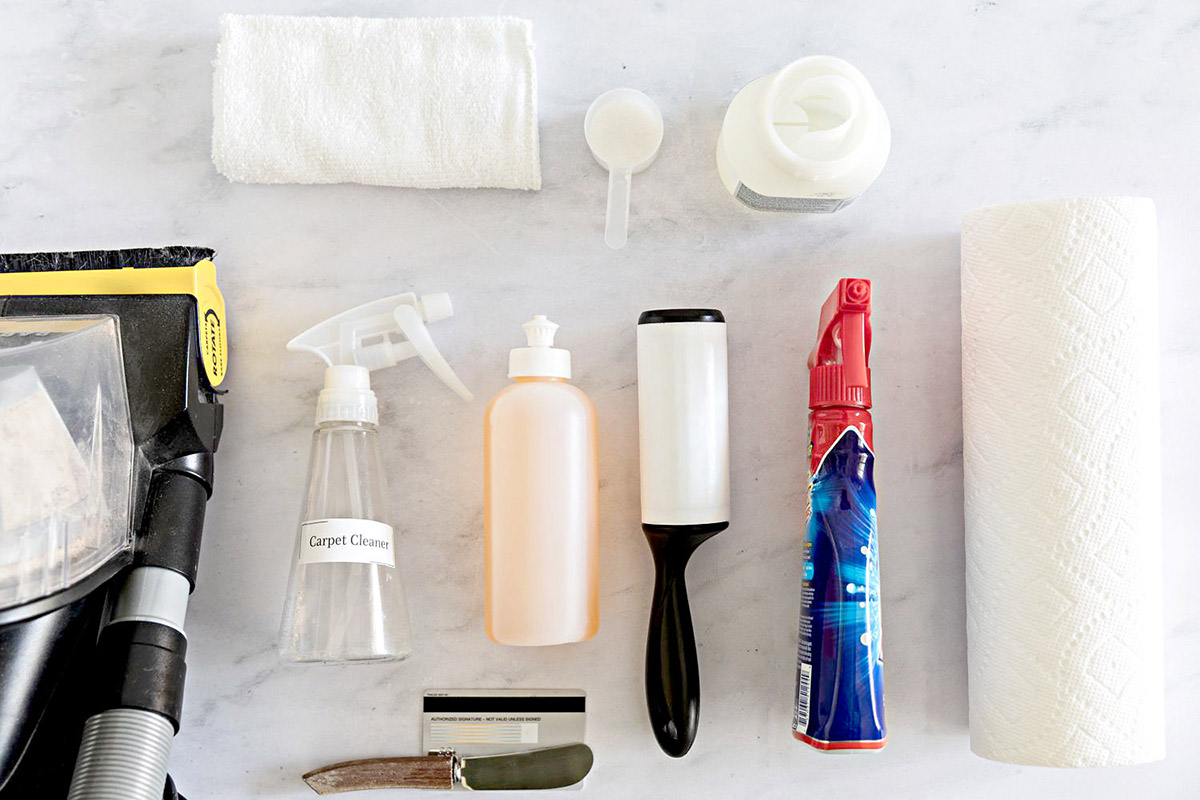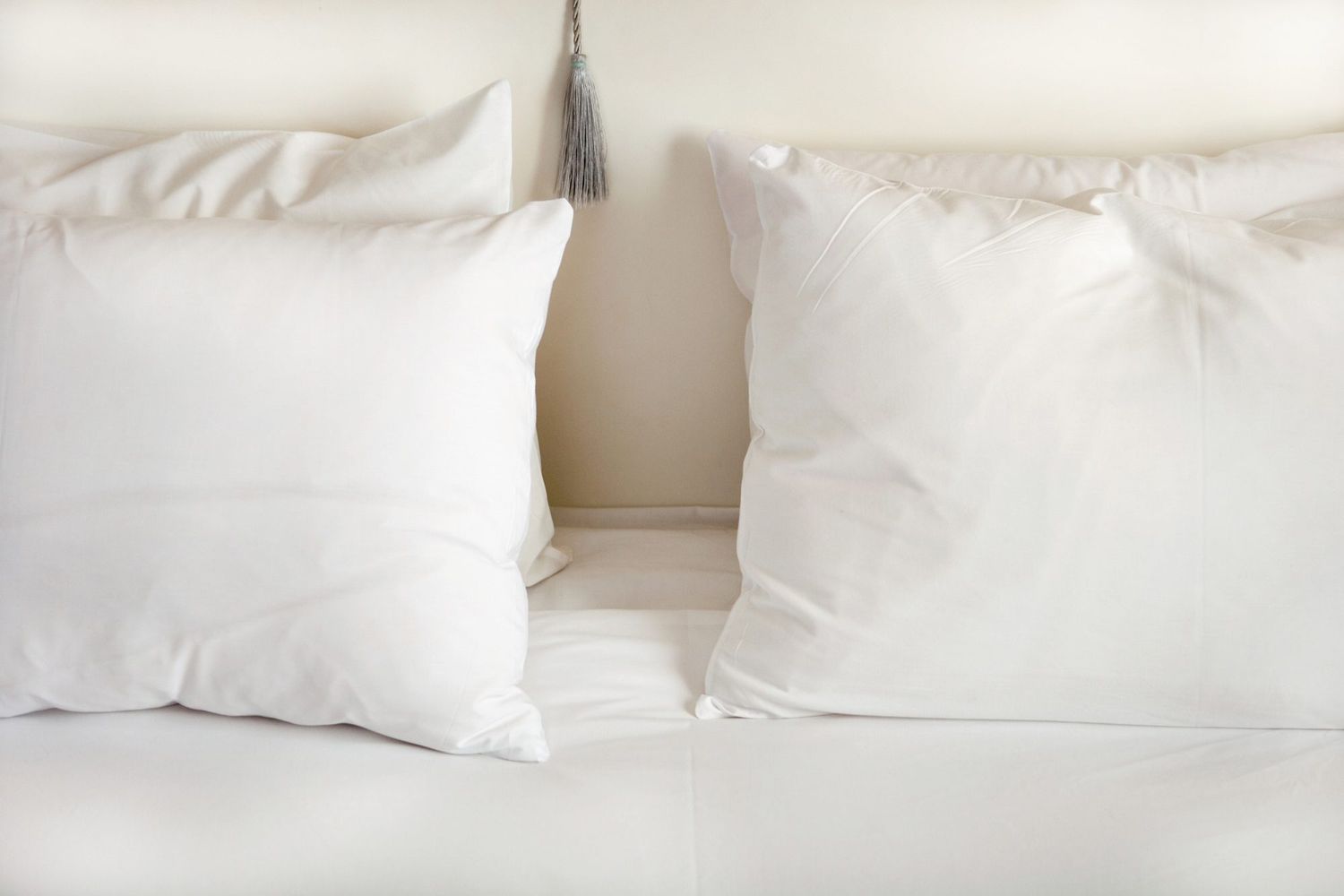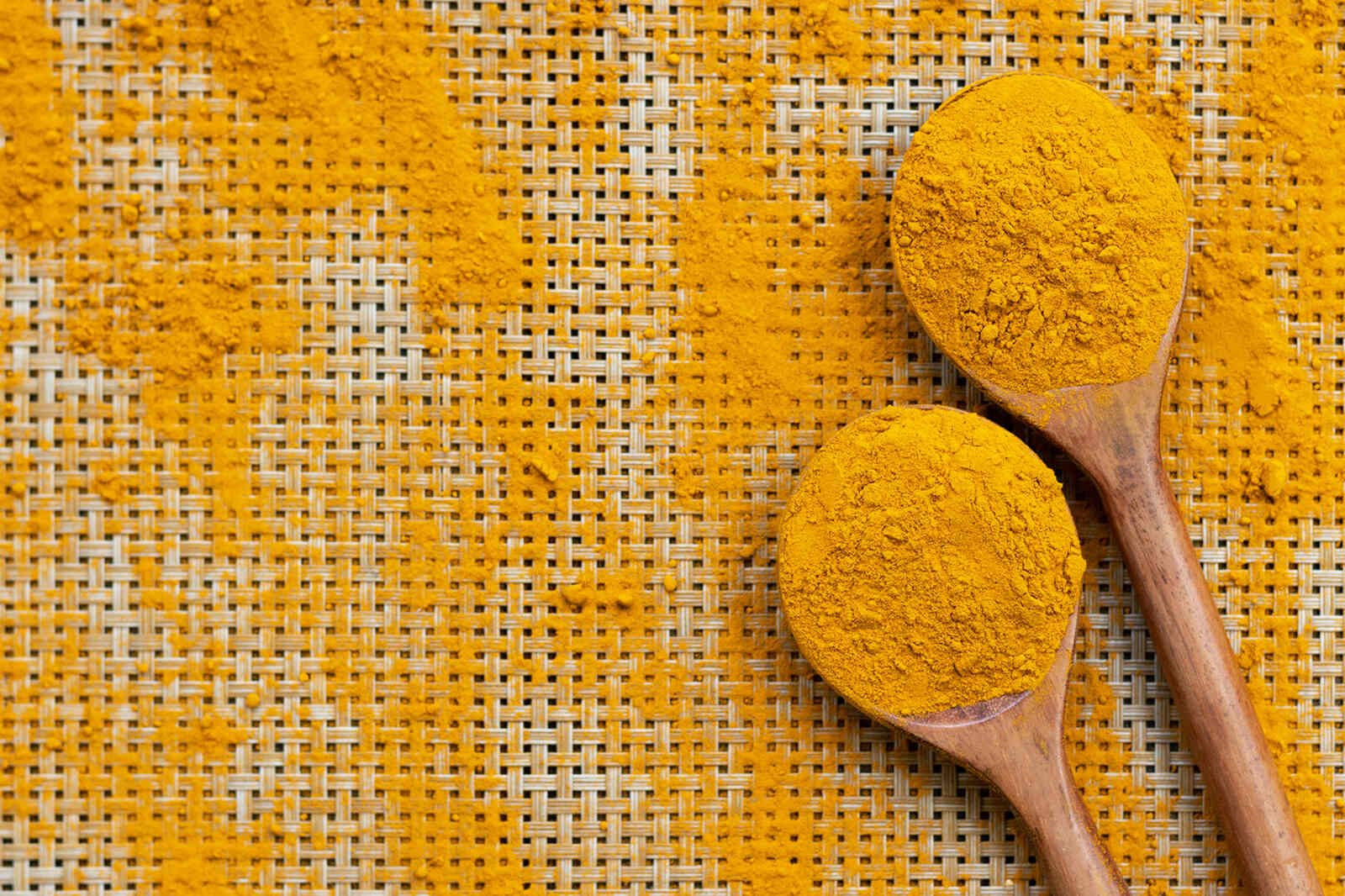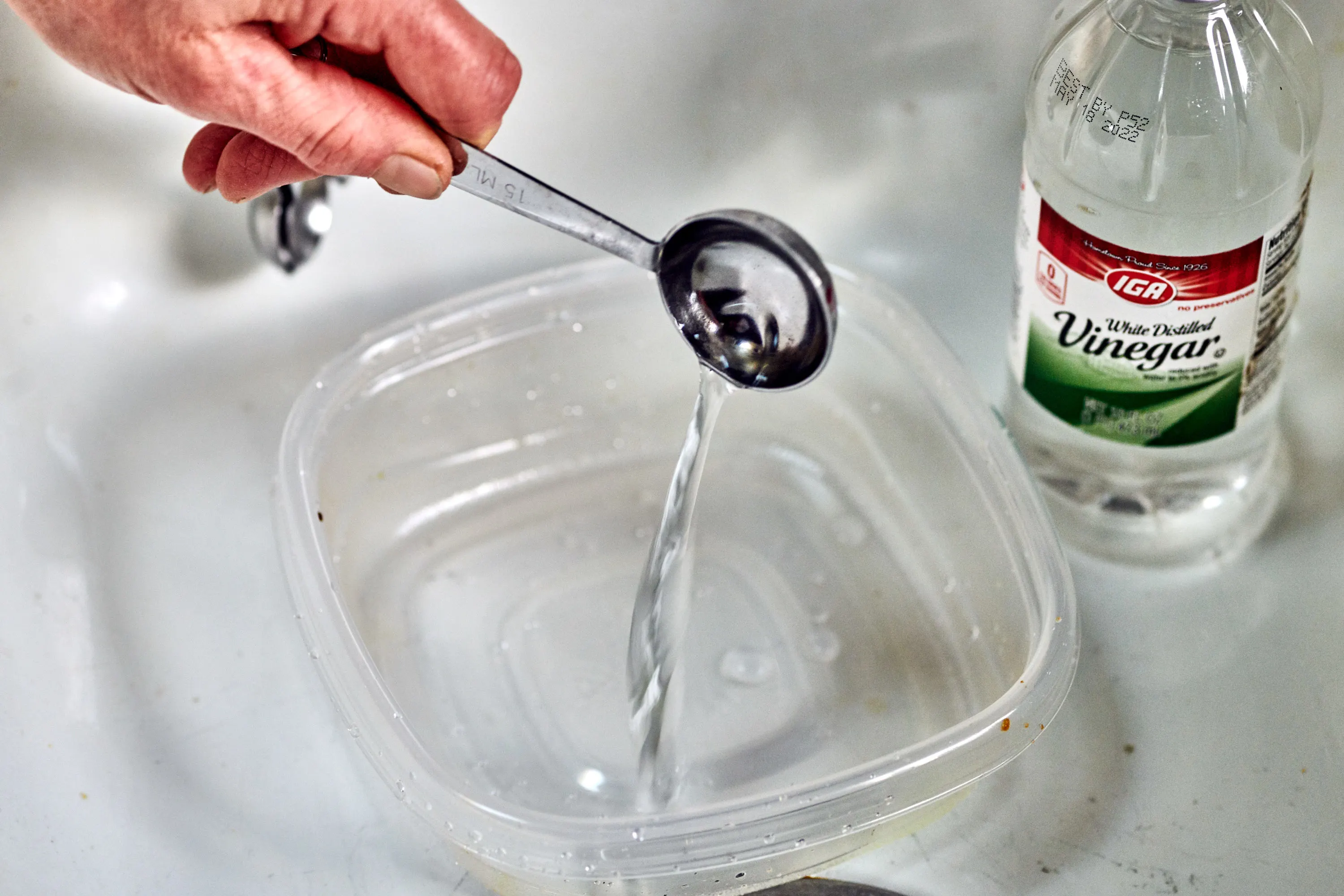Home>Furniture>Bedroom Furniture>How To Remove Stains From Mattress
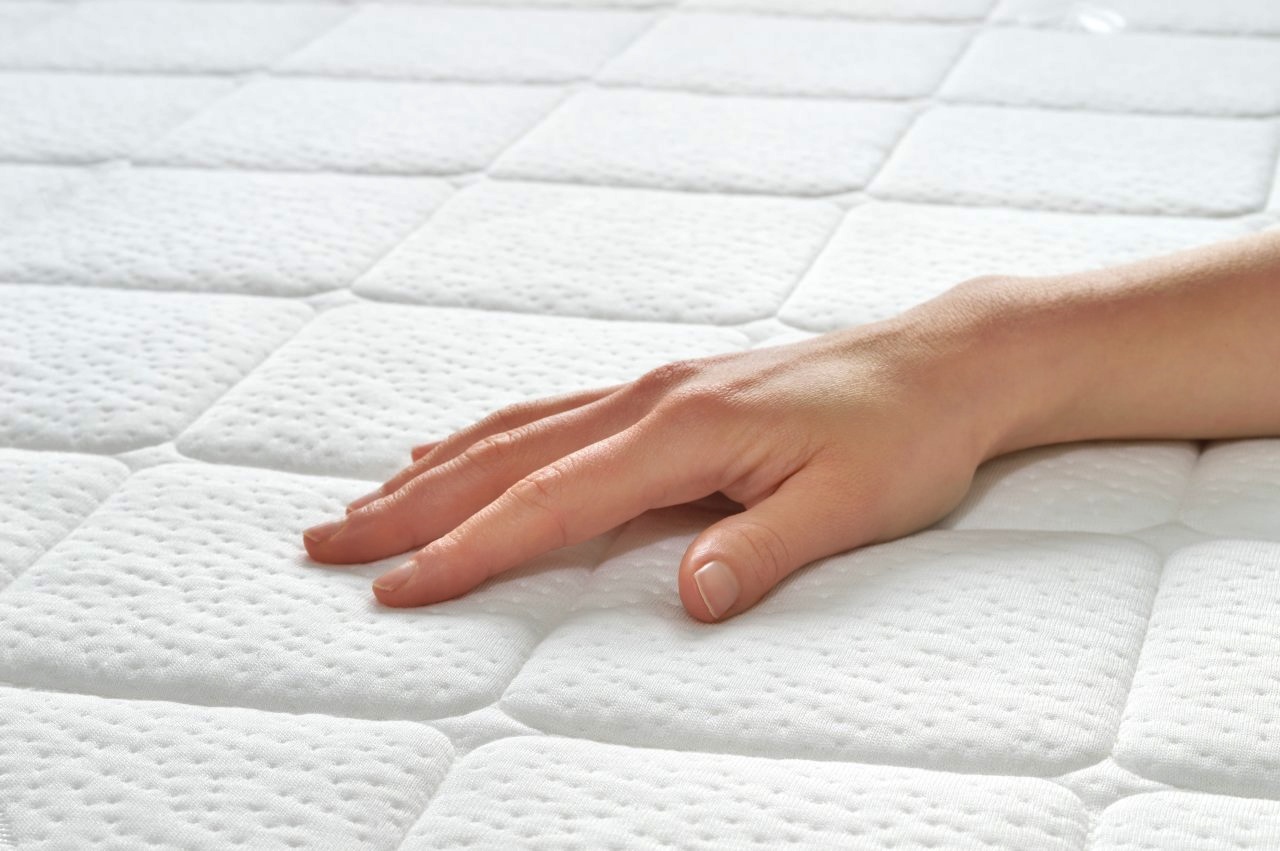

Bedroom Furniture
How To Remove Stains From Mattress
Modified: August 28, 2024
Learn how to remove stains from your mattress with these easy tips. Transform your bedroom furniture and enjoy a clean and fresh sleep surface.
(Many of the links in this article redirect to a specific reviewed product. Your purchase of these products through affiliate links helps to generate commission for Storables.com, at no extra cost. Learn more)
Introduction
Welcome to the ultimate guide on how to remove stains from your mattress! Your bedroom is a sanctuary, a place where you can relax and unwind after a long day. But what happens when your haven becomes marred by an unsightly stain? Whether it’s a spilled cup of coffee, a bedwetting accident, or even a bloodstain, it’s essential to address the problem promptly. Luckily, with a little knowledge and the right techniques, you can bid farewell to those pesky stains and restore your mattress to its former glory.
Before we dive into the nitty-gritty of stain removal, it’s essential to prepare your mattress properly. First, start by removing all bedding and linens. This will give you a clear view of the stains and enable you to tackle them more effectively. Next, inspect the mattress for any tears or holes that may require professional repair. Once the mattress is ready, it’s time to tackle those stubborn stains!
Food and beverage stains are a common occurrence, especially if you enjoy snacking while lounging in bed. To remove these stains, start by gently blotting the affected area with a clean cloth to absorb as much liquid as possible. Avoid rubbing the stain, as it may spread and penetrate deeper into the mattress. Once you’ve blotted away excess moisture, you can use a mild detergent mixed with water to spot clean the area. Be sure to test the cleaning solution on a small, inconspicuous area of the mattress first to ensure it doesn’t cause any discoloration.
Urine stains can be particularly challenging to remove, but it’s crucial to address them promptly to prevent odors and potential health concerns. First, blot the area with a clean cloth to remove as much urine as possible. Then, create a solution of equal parts water and white vinegar. Gently dab the stain with the solution, allowing it to sit for a few minutes before blotting again. Repeat this process until the stain has disappeared. Finally, sprinkle baking soda over the area to neutralize any remaining odor and vacuum it up once dry.
Bloodstains may seem intimidating, but with the right techniques, they can be effectively removed. Start by mixing cold water and a gentle detergent to create a cleaning solution. Using a clean cloth or sponge, dab the stain with the mixture, working from the outer edges towards the center to prevent the stain from spreading. Continue to blot the stain until it lifts. If the stain persists, you can apply hydrogen peroxide directly to the area, let it sit for a few minutes, and then blot it away.
Sweat stains are a common occurrence, particularly during hot summer months. To remove them, create a paste using equal parts hydrogen peroxide and baking soda. Gently rub the paste onto the stain, allowing it to sit for 30 minutes. Afterward, use a clean cloth dipped in cold water to rinse the area. Blot the mattress with a dry cloth to remove excess moisture and allow it to air dry fully.
Oil or grease stains can be a bit more challenging to remove, but with the right approach, you can banish them from your mattress. Start by creating a mixture of dish soap and warm water. Using a sponge or clean cloth, gently dab the stain with the solution, being careful not to saturate the mattress. Blot the area to remove excess moisture and repeat if necessary. Once the stain is gone, dry the mattress thoroughly to prevent mold or mildew from forming.
Key Takeaways:
- Say goodbye to mattress stains with these effective techniques for removing common culprits like food, urine, blood, sweat, and oil. Keep your sanctuary fresh and clean for a restful night’s sleep.
- Prevent future mattress stains by using protective measures, practicing regular cleaning, and implementing good hygiene habits. Extend the life of your mattress and maintain a healthier sleep environment.
Read more: How To Remove A Sperm Stain From A Mattress
Preparing the Mattress for Stain Removal
Before you can effectively remove stains from your mattress, it’s crucial to prepare it properly. By following a few simple steps, you’ll ensure that the stain removal process is smooth and successful. Here’s what you need to do:
- Remove all bedding and linens: Start by stripping the mattress of any bedding, including sheets, pillowcases, and mattress protectors. This will allow you to properly assess the stains and work on them directly.
- Vacuum the mattress: Use a vacuum cleaner with an upholstery attachment to thoroughly vacuum the entire surface of the mattress. This will help remove any loose dirt, dust, or debris that may be present.
- Spot check for any tears or holes: Carefully inspect the mattress for any signs of damage, such as tears, holes, or loose seams. If you come across any, consider seeking professional mattress repair to prevent further damage or voiding of warranties.
- Pre-treat any odors: If your mattress has developed any unpleasant odors, you can sprinkle baking soda over the surface. Baking soda is a natural deodorizer that will help absorb any lingering smells. Allow the baking soda to sit for at least 30 minutes and then vacuum it up.
- Test cleaning solutions: Before applying any cleaning solution to the mattress, it’s essential to test it in an inconspicuous area first. This will ensure that the solution doesn’t cause discoloration or damage to the fabric.
- Prepare a clean work area: Find a clean and well-ventilated space where you can work on the mattress without any distractions or interruptions. Lay down clean towels or plastic sheets to protect the surrounding area from any spillage or excess moisture.
By following these preparatory steps, you’ll be ready to tackle the stains on your mattress with confidence and efficiency. Remember to approach the stain removal process with patience and care to avoid causing further damage to your precious mattress.
Removing Common Stains from the Mattress
Stains on your mattress can come from various sources, but with the right techniques, you can effectively remove them. Here’s how to tackle some of the most common types of stains:
Removing Food or Beverage Stains
It’s not uncommon to enjoy a snack or drink in bed, but accidents can happen and leave behind unsightly stains. To remove food or beverage stains from your mattress, follow these steps:
- Blot the stain: Start by gently blotting the stained area with a clean cloth or paper towel. This will help absorb as much liquid as possible before it sets into the mattress.
- Spot clean with mild detergent: Mix a small amount of mild liquid detergent with water and apply it to the stain. Gently dab the stained area with a clean cloth or sponge, working from the outer edges towards the center of the stain. Avoid rubbing the stain, as it may cause it to spread further.
- Rinse with clean water: Dampen a clean cloth with water and blot the area to remove any soap residue. Repeat this step as needed until the stain is no longer visible.
- Dry the mattress: Once the stain is gone, it’s important to dry the mattress thoroughly to prevent the growth of mold or mildew. You can use a fan or open windows to promote air circulation and expedite the drying process.
Removing Urine Stains
Bedwetting accidents or accidents caused by pets can result in urine stains on your mattress. Follow these steps to remove urine stains:
- Blot the urine: Use a clean cloth or paper towel to blot and absorb as much urine as possible from the mattress. Avoid rubbing the stain, as it can push the urine deeper into the fabric.
- Create a cleaning solution: Mix equal parts water and white vinegar to create a cleaning solution. This mixture helps neutralize odors and break down the urine stain.
- Dab the stain: Dip a clean cloth or sponge into the cleaning solution and gently dab the stain. Allow the solution to sit on the stain for a few minutes to penetrate the fabric.
- Blot and rinse: Use a clean cloth dampened with water to blot the area and remove the cleaning solution. Continue blotting until the stain is no longer visible.
- Neutralize odors: Sprinkle baking soda over the area to neutralize any remaining urine odor. Let it sit for several hours or overnight, then vacuum the baking soda to remove it.
Read more: How To Remove Coffee Stain From A Mattress
Removing Blood Stains
Accidents happen, and blood stains on the mattress can be distressing. Here’s a step-by-step guide to removing blood stains:
- Blot the blood: Start by blotting the bloodstain with a clean cloth or paper towel. Avoid using hot water, as it can set the stain.
- Create a cleaning solution: Mix a small amount of gentle liquid detergent with cold water to create a cleaning solution.
- Dab the stain: Dip a clean cloth or sponge into the cleaning solution and gently dab the bloodstain. Work from the outer edges towards the center to prevent the stain from spreading.
- Rinse with cold water: Dampen a clean cloth with cold water and blot the area to remove any soap residue.
- Use hydrogen peroxide (if necessary): If the blood stain persists, you can apply hydrogen peroxide directly to the area. Let it sit for a few minutes before blotting it away with a clean cloth. Note that hydrogen peroxide may bleach certain fabrics, so it’s essential to test it on an inconspicuous area first.
Removing Sweat Stains
Sweat stains are a common occurrence, especially during hot summer months. Remove sweat stains from your mattress with the following steps:
- Create a baking soda paste: Mix equal parts hydrogen peroxide and baking soda to form a thick paste that will help lift the sweat stain.
- Apply the paste: Gently rub the baking soda paste onto the sweat stain, ensuring it covers the entire affected area.
- Allow it to sit: Let the paste sit on the sweat stain for approximately 30 minutes. This will give it time to penetrate and break down the stain.
- Rinse with clean water: Dampen a clean cloth with cold water and gently rinse the area to remove the baking soda paste.
- Dry the mattress: Ensure the mattress is thoroughly dry before putting any bedding back on top. You can use a fan or open windows to aid in the drying process.
Removing Oil or Grease Stains
Oil and grease stains can be stubborn, but with the right approach, you can remove them effectively. Follow these steps:
- Blot excess oil or grease: Use a clean cloth or paper towel to blot away any excess oil or grease from the surface of the mattress. Avoid rubbing, as it can push the stain deeper into the fabric.
- Create a cleaning solution: Mix a small amount of dish soap with warm water to create a cleaning solution.
- Dab the stain: Dip a clean cloth or sponge into the cleaning solution and gently dab the oil or grease stain. Work from the outer edges towards the center to prevent spreading the stain.
- Rinse with clean water: Dampen a clean cloth with water and blot the area to remove any soap residue.
- Dry the mattress: Allow the mattress to air dry completely before covering it with fresh bedding. This will ensure there is no moisture remaining that can cause mold or mildew to develop.
By following these step-by-step instructions, you’ll be equipped to tackle common stains and restore your mattress to its pristine condition. Remember, it’s important to act quickly when dealing with stains to prevent them from setting and becoming more challenging to remove.
Using Natural Remedies to Remove Stains from the Mattress
If you prefer a more natural approach to stain removal or if you want to avoid using harsh chemicals, there are several effective natural remedies you can use to tackle stains on your mattress. Here are three popular options:
Read more: How To Remove Stain From Fence
Using Baking Soda
Baking soda is a versatile and affordable natural cleaning agent that can effectively remove stains and neutralize odors. Here’s how to use baking soda to clean your mattress:
- Blot the stain: Start by blotting the stain with a clean cloth or paper towel to remove any excess liquid or debris.
- Apply baking soda: Sprinkle a generous amount of baking soda directly onto the stained area. Make sure you cover the entire stain with a thick layer of baking soda.
- Let it sit: Allow the baking soda to sit on the stain for at least 30 minutes, or even overnight if possible. Baking soda works by absorbing the moisture and breaking down the stain.
- Vacuum the baking soda: After the baking soda has had time to work its magic, use a vacuum cleaner with an upholstery attachment to thoroughly vacuum the mattress. Make sure to remove all the baking soda, including any that may have settled into the fabric.
- Assess the stain: Check to see if the stain is still visible. If necessary, you can repeat the process or try a different stain removal method.
Using Hydrogen Peroxide
Hydrogen peroxide is a natural bleaching agent and can be used to remove tough stains such as blood or sweat stains. However, it’s essential to use caution and test a small area first to ensure it doesn’t cause discoloration. Here’s how to use hydrogen peroxide to clean your mattress:
- Blot the stain: Start by blotting the stain with a clean cloth or paper towel to remove any excess liquid or debris.
- Apply hydrogen peroxide: Pour a small amount of hydrogen peroxide directly onto the stain. Gently dab the stain using a clean cloth or sponge, working from the outer edges towards the center.
- Let it sit: Allow the hydrogen peroxide to sit on the stain for a few minutes, but avoid letting it dry completely.
- Blot with a clean cloth: After the hydrogen peroxide has had time to work, use a clean cloth dampened with water to blot the area and remove any residue.
- Dry the mattress: Ensure the mattress is completely dry before putting any bedding back on top to prevent mold or mildew growth.
Using Vinegar
Vinegar is a natural cleaning solution that is effective at removing stains and deodorizing your mattress. Here’s how to use vinegar to clean your mattress:
- Blot the stain: Start by blotting the stain with a clean cloth or paper towel to remove any excess liquid or debris.
- Create a cleaning solution: Mix equal parts water and white vinegar to create a cleaning solution.
- Apply the solution: Dab a clean cloth or sponge into the vinegar solution and gently dab the stain. Blot the area in a circular motion, working from the outer edges towards the center.
- Let it sit: Allow the vinegar solution to sit on the stain for a few minutes to break it down and neutralize any odors.
- Blot with a clean cloth: After the solution has worked its magic, use a clean cloth dampened with water to blot the area and remove any residue. Repeat this step if necessary.
- Dry the mattress: Ensure the mattress is completely dry before putting any bedding back on top.
These natural remedies are not only effective at removing stains, but they’re also safe to use and environmentally friendly. However, it’s important to test these solutions on a small, inconspicuous area of your mattress first to ensure they won’t cause any damage or discoloration.
Whether you choose to use baking soda, hydrogen peroxide, or vinegar, these natural remedies provide a gentle yet effective way to remove stains from your mattress and keep it fresh and clean.
Preventing Future Stains on the Mattress
While knowing how to effectively remove stains from your mattress is important, taking steps to prevent stains in the first place is even better. By implementing some preventive measures, you can keep your mattress cleaner for longer and reduce the chances of dealing with stubborn stains. Here are some tips to help you prevent future stains on your mattress:
- Use a mattress protector: Investing in a good quality mattress protector is one of the best ways to safeguard your mattress against spills, stains, and even allergens. A waterproof and breathable mattress protector creates a barrier between your body and the mattress, preventing liquids from seeping into the fabric and causing stains. It’s advisable to choose a protector that is easily removable and machine washable for convenience.
- Practice regular cleaning and maintenance: Regularly cleaning and maintaining your mattress can go a long way in preventing stains. Vacuum your mattress at least once a month to remove dust, allergens, and any loose debris. This will not only keep it fresh but also reduce the chances of substances settling into the fabric and causing stains over time.
- Implement a “no food or drinks in bed” policy: It may be tempting to enjoy a snack or a beverage in bed, but it increases the risk of spills and stains. To prevent accidents, establish a rule of no eating or drinking in bed. If you must have a drink nearby, use spill-proof containers or place a tray or placemat on the bedside table to keep any potential spills contained.
- Deal with spills and accidents promptly: Accidents happen, and if a spill or accident does occur on your mattress, address it immediately. Blot the area with a clean cloth or paper towel to absorb as much liquid as possible. Then, follow the appropriate stain removal techniques mentioned earlier in this guide to treat the specific type of stain.
- Rotate and flip your mattress regularly: Regularly rotating and flipping your mattress can help distribute weight and pressure evenly, preventing excessive wear and tear in specific areas. This can help extend the life of your mattress and reduce the chances of permanent stains caused by excessive body oils or sweat.
- Keep pets away from the mattress: If you have pets, it’s best to keep them off the bed to minimize the risk of accidents and stains. Train them to have their designated sleeping spot or use pet-friendly mattress protectors if you allow them on the bed.
- Practice good personal hygiene: Maintaining good personal hygiene can also contribute to preventing stains on your mattress. Showering before bed and wearing clean sleepwear can help reduce sweat and body oils that can transfer onto the mattress.
- Follow the manufacturer’s cleaning instructions: Every mattress is different, and it’s important to follow the manufacturer’s cleaning instructions provided with your specific mattress. This will ensure that you’re using the appropriate cleaning methods and products without causing any damage or voiding any warranties.
By implementing these preventive measures, you can significantly reduce the risk of stains on your mattress and keep it clean and fresh for longer. Additionally, regular cleaning and maintenance will contribute to a healthier sleep environment and extend the lifespan of your mattress.
Read more: How To Remove Stains From Stucco
Conclusion
Your mattress is an essential part of your bedroom, providing you with a comfortable and restful sleep. However, accidents happen, and stains can mar the appearance of your mattress. The good news is that with the right knowledge and techniques, you can effectively remove stains and restore your mattress to its former glory.
In this comprehensive guide, we have covered various types of stains and provided step-by-step instructions on how to remove them. Whether it’s food or beverage stains, urine stains, blood stains, sweat stains, or oil and grease stains, each stain requires specific treatment. By following the techniques outlined in this guide, you can tackle stains effectively, thereby rejuvenating your mattress.
Furthermore, we explored natural remedies such as baking soda, hydrogen peroxide, and vinegar, which can be used as alternatives to harsh chemicals. These natural remedies not only effectively remove stains but also help neutralize odors, making your mattress fresher and more pleasant to sleep on.
However, prevention is always better than cure. To prevent future stains on your mattress, consider using a mattress protector, practicing regular cleaning and maintenance, implementing a “no food or drinks in bed” policy, dealing with spills promptly, rotating and flipping your mattress, keeping pets away from the bed, maintaining good personal hygiene, and following the manufacturer’s cleaning instructions.
By incorporating these preventive measures into your routine, you can minimize the risk of stains and prolong the life of your mattress. Not only will this save you time and effort in stain removal, but it will also provide you with a cleaner and healthier sleep environment.
Remember, caring for your mattress is an investment in your sleep quality and overall well-being. By keeping it clean and stain-free, you can enjoy a comfortable and rejuvenating sleep night after night.
Frequently Asked Questions about How To Remove Stains From Mattress
Was this page helpful?
At Storables.com, we guarantee accurate and reliable information. Our content, validated by Expert Board Contributors, is crafted following stringent Editorial Policies. We're committed to providing you with well-researched, expert-backed insights for all your informational needs.
